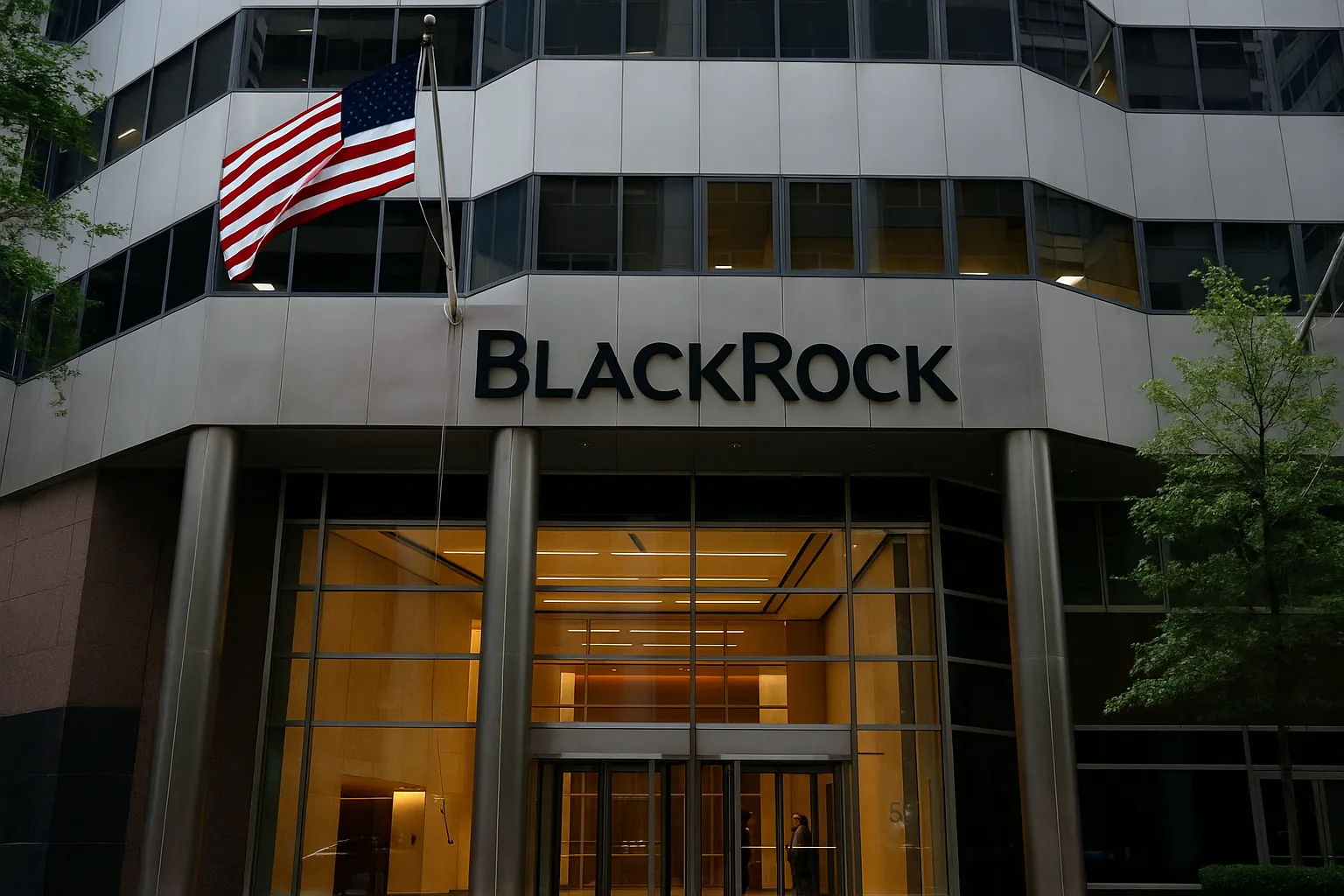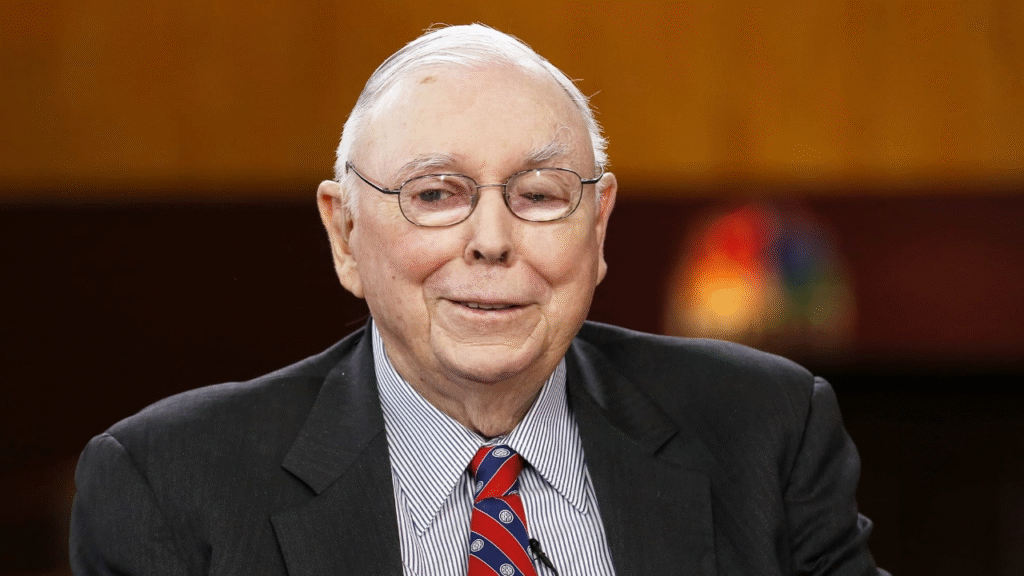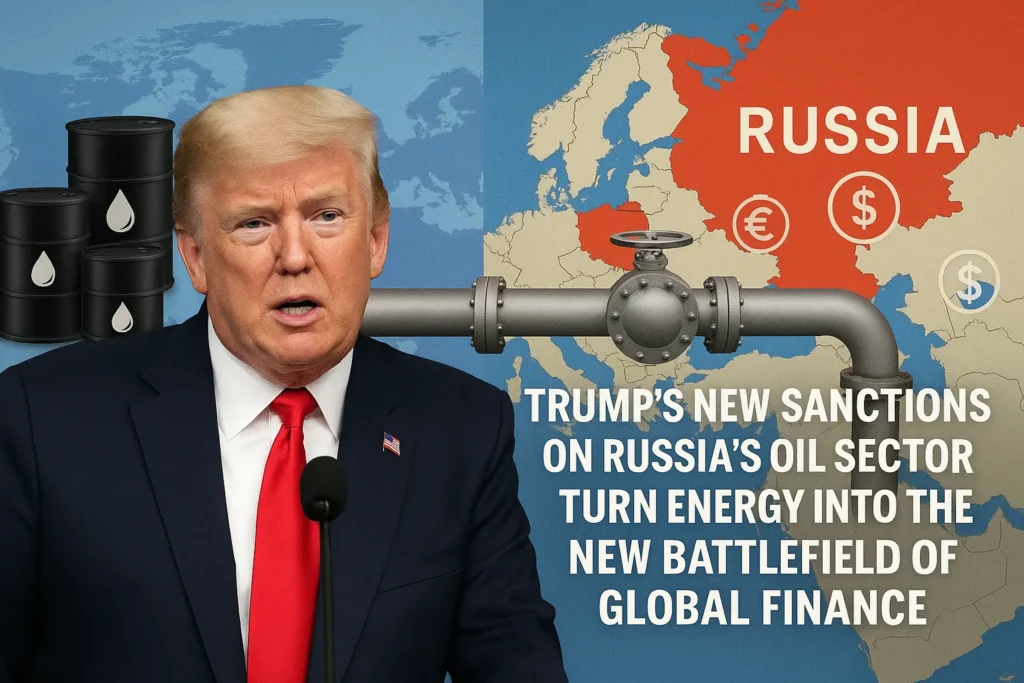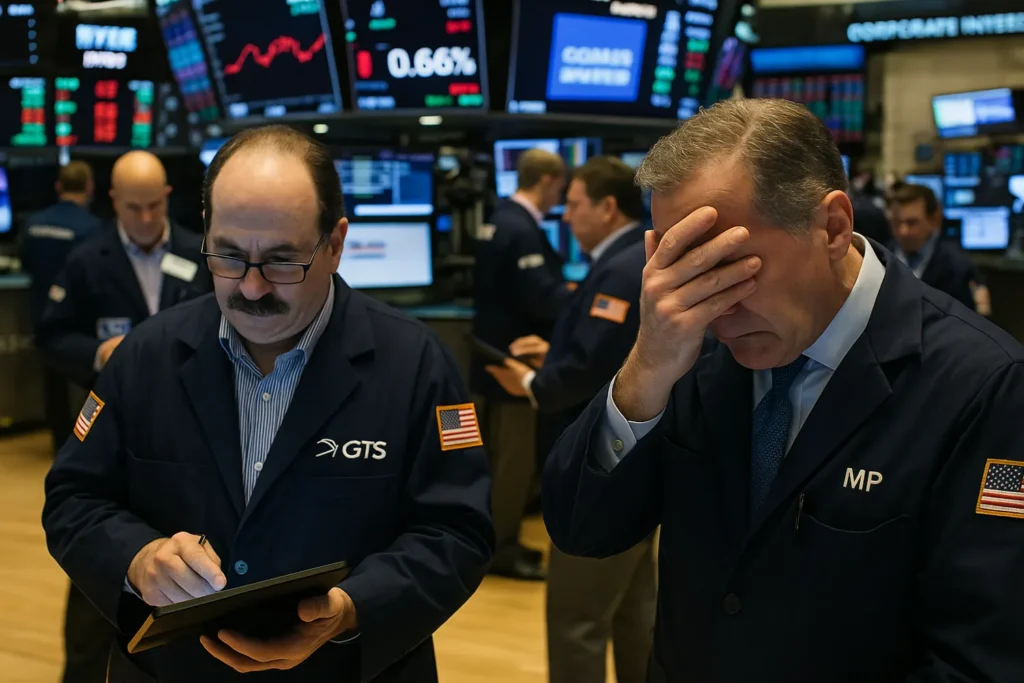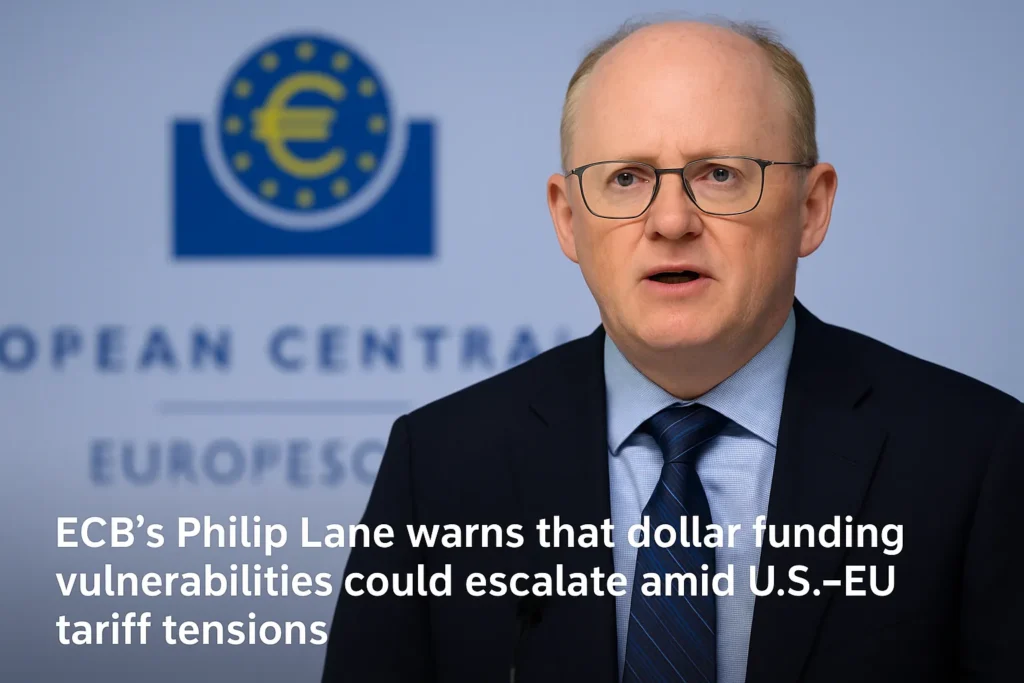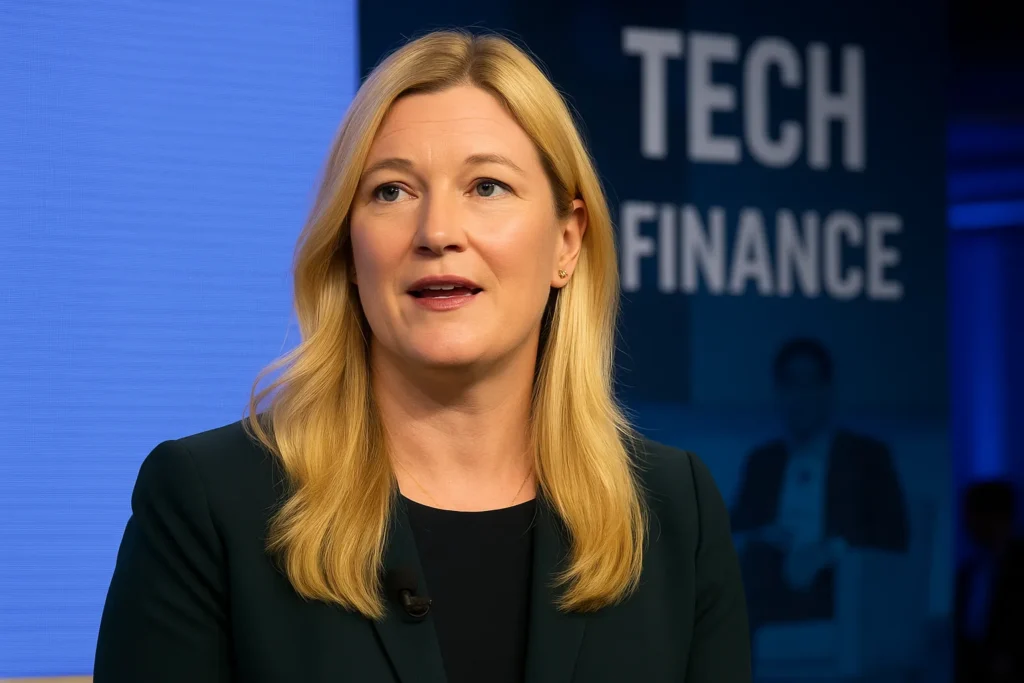BlackRock assets $12 trillion — a number so massive it almost defies comprehension — should be a moment of triumph. Instead, it feels uneasy. Behind the headline milestone lies a quieter truth: capital is retreating. The world’s largest asset manager celebrated record size even as it faced a $52 billion client withdrawal, its biggest outflow in years.
This paradox reveals something deeper about today’s markets — the end of blind faith in mega-managers.
Context: The era of limitless inflows ends
For over a decade, BlackRock has symbolized unstoppable growth. From pensions to sovereign funds, investors poured trillions into its passive products, trusting index logic over intuition. ETFs became the new religion, and BlackRock its high priest.
But the Financial Times report exposes a shift: inflows have plunged even as total assets reached unprecedented scale. Equity markets — not new deposits — inflated that number. Beneath the $12 trillion lies stagnation.
The firm’s CEO, Larry Fink, has long touted “resilience through diversification.” Yet diversification now means something different — investors are diversifying away from BlackRock itself.
Oppositional Argument: The myth of infinite growth
Mainstream coverage celebrates BlackRock’s $12 trillion headline as a symbol of financial power. But power without loyalty is fragile. When a single client can pull $52 billion overnight, it’s a reminder that size is not security.
In truth, BlackRock’s model thrives on liquidity, momentum, and trust. All three are under strain. Rising rates have shattered the passive-investing illusion: that buying everything guarantees safety. The new reality — higher yields, tighter money, and geopolitical shocks — demands active judgment. Yet BlackRock’s identity is built on algorithms, not instinct.
Analysts at Morningstar note that institutional clients increasingly favor boutique managers or in-house strategies, citing “personal oversight and moral accountability.” Translation: the bigger you are, the less human you seem.
Analytical Breakdown: From dominance to doubt
Numbers tell the story.
- $12 trillion AUM — but only $10 billion in net inflows, down 87% from last quarter.
- $52 billion single-client exit — a record withdrawal.
- ETF growth flat for the first time since 2011.
Behind these statistics lies an erosion of trust. Institutional investors are not abandoning BlackRock because of performance, but perception. Critics argue its growing entanglement with politics — from ESG battles to government advisory roles — has blurred the line between fiduciary duty and ideology.
Even retail clients are uneasy. The average investor has learned that “diversification” inside a BlackRock ETF often means concentration — heavy exposure to Apple, Microsoft, and NVIDIA. One market correction, and billions move in lockstep.
In other words: the bigger the asset pool, the thinner the safety net.
Human Perspective: The investors fighting for independence
Consider the story of Harborlight Pension Fund in Illinois — once a $15 billion BlackRock client. Last quarter, it decided to migrate 60% of its portfolio to regional managers. The reason? “We needed a sense of accountability,” one trustee told Reuters. “You can’t call BlackRock and talk to the person managing your money. You just send it into the void.”
This sentiment echoes globally. Family offices in Europe, retirement funds in Asia, and municipal accounts in the US are quietly rebalancing away from the giants. The trend is psychological as much as financial — a rediscovery of agency.
Counterarguments
Defenders argue that such withdrawals are routine in asset management. True — but routine doesn’t explain timing. When markets hit record highs and cash leaves, it means sentiment has shifted from optimism to vigilance.
Others claim BlackRock remains unchallenged in scale and performance. Yet history teaches that financial empires rarely collapse overnight; they erode first, slowly, from within.
Conclusion: A fragile giant in an age of skepticism
The BlackRock assets $12 trillion headline may fill investor brochures, but the undercurrent tells a different story. The firm is no longer just managing money — it’s managing perception. In an era of distrust, that may prove harder than navigating markets themselves.
As investors chase transparency and control, BlackRock faces its most existential challenge: not competition, but credibility. The next crisis won’t test how much it owns — but how much confidence remains when the tide turns.
External Links
62 views
